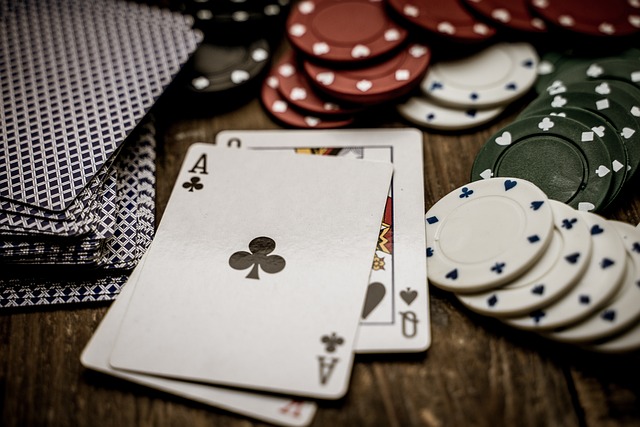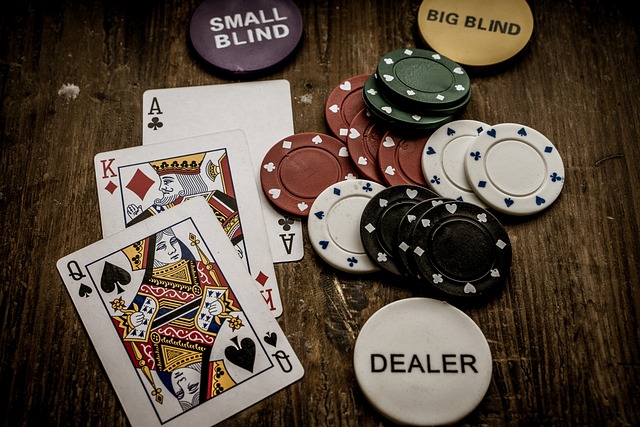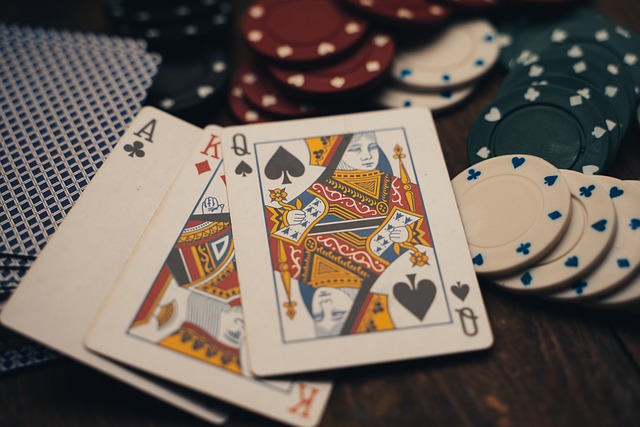The poker ladder is one of the most striking combinations. In the minds of most players it is a winning hand, with a high probability of getting the pot, but the truth is that playing a straight or its draws is very mysterious. If you want to be an expert in poker, and especially in the ladder, do not miss this article.
First of all, it is important that a straight in poker is the combination of 5 consecutive cards, whatever their suit. That is, you can get this straight using 5 of the 7 cards used in Texas Hold’em Poker, specifically the best 5. If you get 6 consecutive cards, you will not have a better hand than whoever has 5, since you only play with 5 and the one with the highest straight kicker will win.
Likewise, how many of the straight cards are in the common area or how many are in the hidden hand will not be taken into account. In poker you only play with the best 5 of 7 cards, regardless of whether they are decks or not! Simply, each player will look between his 2 cards and the 5 of the flop-turn-river, who has the 5 community cards that end in a higher one.
When does the straight win in poker?
But as hard as it is to get, the straight doesn’t win outright. What beats a straight in poker? Both Full House and Flush or flush are superior to straight, as well as poker or flush or royal straight. It is common to see in the novices the question of whether to win a full house or a straight, or a straight or a flush. The answer is clear: flush and full house are better than straight. On the other hand, the straight is superior to the trio and inferior moves.
Another common situation is seeing a straight draw in poker. So… Who wins in poker when there are two straights? As we have said, the winner is the one with the highest ladder. If there are 8-9-10-J on the table and one player has the 7 and the other the Q, the one with the Q will win. Likewise, if the one with the 7 also has a 6, they would still lose, since they only play with the best 5 cards.
Which straight is worth more in poker?

The straight straight is the one with the least value in poker, despite having great power in itself. More valuable will be the straight flush, which will involve both 5 consecutive cards and 5 cards of the same suit. Of course, in the color ladder there are only 36 possible combinations, that is, a 0.0014% probability of occurring. More specifically, the royal straight flush (to the maximum kicker) only has 4, 0.0002%. If you have never seen one you are privileged!
What is the probability of the straight in poker?
The high value of the straight in poker lies in the difficulty of finding it. There are 2,598,960 possible poker hand combinations, of which only 10,200 end in a straight, just under 0.4%. How likely is it compared to other hands?
- Poker: 624 options, 0.02%
- Full: 3744, 0.1%
- Colour: 5108, 0.22%
- Ladder: 10,200, 0.4%
- Trio: 54,912, 2%
To gain perspective, in 42% of the hands there will be a pair, and 50.1% will resolve the hand with a high card, without any more specific combination.
Poker ladder: how to play it?

In the vast majority of hands, the straight will be a ‘backdoor’ poker play, that is, it will need the turn (and mostly the river) to close. The straight odds on the flop in poker are very low. This is how you should generally act in each context:
Straight on the flop: In this case, the strategy will mostly be that of the ‘check-call’. The idea is always to keep most of the rivals at the table to get the pot.
More than 4 common cards: If 4 or 5 consecutive cards are in the common area, you must assess whether you have the kicker or not. If you don’t make sure you have the high card, it’s a good idea to bet to get information from your opponents.
Straight draw: If you are still looking for the straight, the calculation of odds and outs will be essential. The odds of an open straight are 17%, and 8.5% closed, being double if there are two cards left to come out. Depending on the bet you have in front of you and the pot, you must assess whether to call or not, since you are served 8 or 4 cards, respectively.
Stair and color options at the same time
If you’re one card away from getting a straight and a flush, separately, you’re probably ahead of your opponent, even though your opponent is currently leading. In this case, a total of 15 cards will serve you if the project is open straight and 12 if it is closed. In the first case, if there are two cards left to come out, you have a 54.1% chance of closing your draw, and it is the remaining percentage that will make your opponent win (if it has nothing to do with that play).
As you can see, playing a poker straight has a lot of science behind it, beyond knowing when you win and when you don’t. In each context of the table, it will be necessary to take into account multiple conditions of the context to play it in one way or another. To some extent, winning a hand with a straight but getting a very small pot will mean losing money, because of the opportunity cost.
The ladder is an effort in terms of assessing whether or not it is worth looking for, as well as getting the most out of it.
